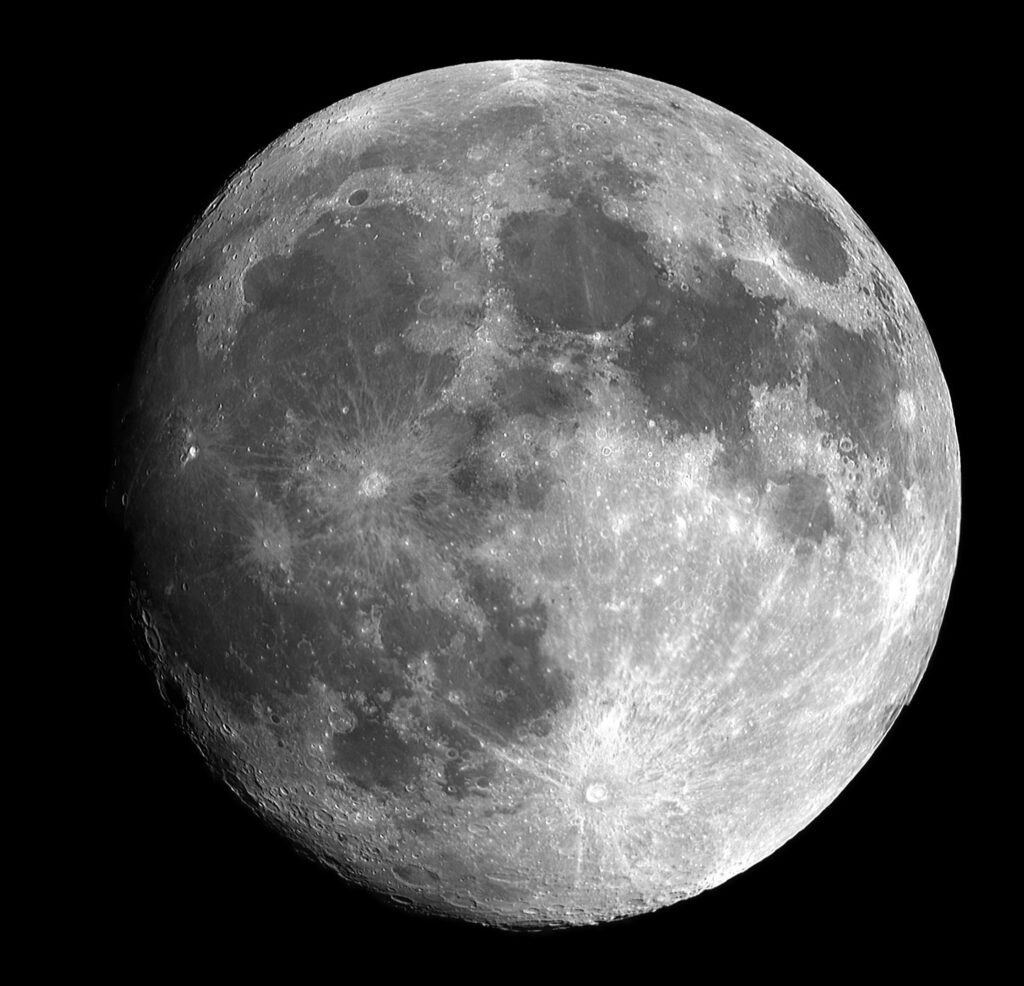Table of Contents
ToggleChang’e 6 Lunar Landing: A Milestone in Lunar Exploration
Chang’e 6 lunar landing marks a significant milestone in space exploration, with NASA’s Lunar Reconnaissance Orbiter capturing the first images of the Chinese spacecraft on the moon’s far side.

© Provided by Space
Introduction
Chang’e 6 lunar landing is a groundbreaking event in the realm of space exploration. NASA’s Lunar Reconnaissance Orbiter (LRO) has captured its first images of China’s Chang’e 6 spacecraft on the moon’s far side. This achievement not only highlights the progress of China’s lunar missions but also underscores the collaborative efforts in space exploration.
NASA’s Lunar Reconnaissance Orbiter Captures Chang’e 6
On June 7, 2024, NASA’s Lunar Reconnaissance Orbiter (LRO) successfully imaged the Chang’e 6 lunar landing site within the Apollo basin. The images show the lander as a small cluster of bright pixels surrounded by two similarly sized craters and positioned at the edge of a subtle crater about 165 feet (50 meters) wide. This remarkable imaging feat provides valuable data about the far side of the moon, an area less explored by previous missions.
Detailed Coordinates and Terrain Analysis
The LROC (Lunar Reconnaissance Orbiter Camera) team at Arizona State University has pinpointed the exact coordinates of the Chang’e 6 lunar landing site. The coordinates are minus 41.6385 degrees north latitude and 206.0148 degrees east longitude, with an elevation of minus 17,244 feet (minus 5,256 meters) relative to the average lunar surface. The accuracy of these coordinates is within 100 feet (30 meters). The increased brightness around the lander, noted by the LROC team, results from the disturbance caused by the lander’s engine during touchdown, similar to other lunar landings.
Geological Significance of the Landing Site
The Chang’e 6 lunar landing site is on a mare unit, a “sea” of cooled volcanic rock, located at the southern edge of the Apollo basin. This area has a rich geological history. About 3.1 billion years ago, basaltic lava erupted south of Chaffee S crater, flowing east until it met a topographic high, likely due to a fault. These geological features, including several wrinkle ridges that have deformed and raised the mare surface, provide a fascinating context for studying the moon’s volcanic activity. The landing site lies between two of these ridges, on a lava flow that overlaps an older flow from approximately 3.3 billion years ago. The younger flow is distinct due to its higher iron oxide (FeO) and titanium oxide (TiO2) content.
The Mission Objectives and Achievements
The Chang’e 6 lunar landing is part of China’s ambitious lunar exploration program. Launched on May 3 from Hainan Province, the mission’s primary goal is to return lunar samples from the far side of the moon to Earth, a first in the history of space exploration. On June 3, the probe’s ascender segment, carrying the precious lunar samples, departed the lunar surface. It successfully transferred the samples to the Chang’e 6 orbiter, which now continues to orbit the moon in preparation for the return journey to Earth.
Return Journey and Earth Landing
The Chang’e 6 mission’s return capsule is expected to land on Earth around June 25, bringing back a treasure trove of lunar samples. The capsule will parachute into a designated landing zone in Siziwang Banner, Inner Mongolia, China. This will mark the completion of a 53-day mission, showcasing China’s growing capabilities in space exploration and sample return missions.
NASA’s Contribution and Future Collaborations
The successful imaging of Chang’e 6 by NASA’s LRO is a testament to the collaborative potential in space exploration. By capturing detailed images of the Chang’e 6 lunar landing site, NASA has provided crucial data that enhances our understanding of the moon’s far side. This collaboration sets the stage for future international partnerships in space exploration, combining resources and expertise for more ambitious missions.
The Importance of Chang’e 6 Lunar Landing
The Chang’e 6 lunar landing is more than just a technical achievement; it represents a significant step forward in lunar exploration. By landing on the far side of the moon and collecting samples, the mission contributes valuable scientific data that can help answer fundamental questions about the moon’s composition and history. Moreover, it demonstrates the advancements in space technology and the potential for future missions to explore more remote areas of the lunar surface.
Conclusion
In conclusion, the Chang’e 6 lunar landing is a milestone in the history of space exploration. The collaboration between NASA and China’s space agency in documenting and studying the landing site exemplifies the benefits of international cooperation. As the Chang’e 6 mission prepares to return its samples to Earth, it paves the way for future missions that will continue to unravel the mysteries of the moon and beyond. The images captured by NASA’s Lunar Reconnaissance Orbiter will serve as a valuable resource for scientists and researchers, marking a new chapter in our quest to explore the final frontier.